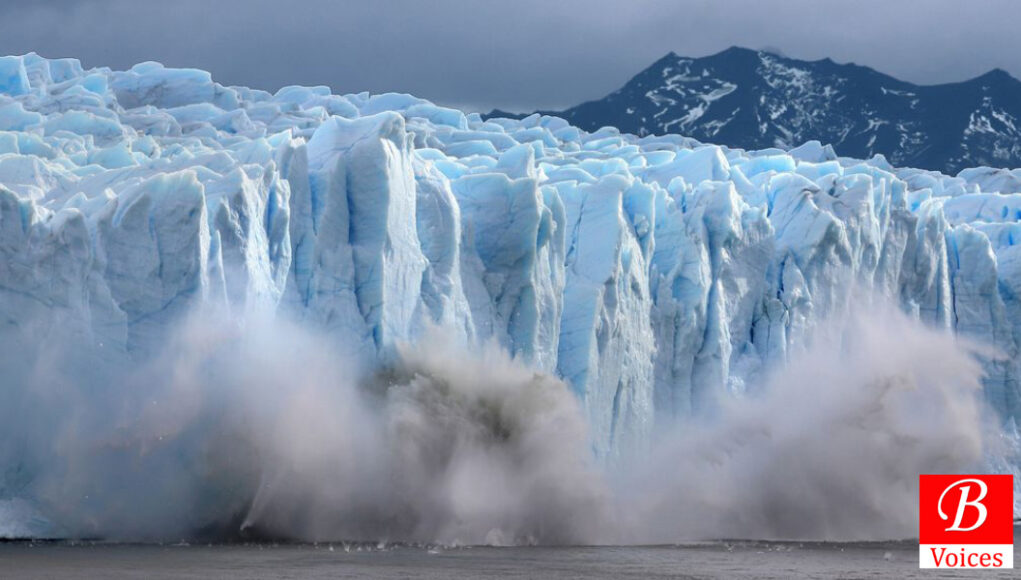Kinza Fatima
Climate change has deepened the crisis and continues to take a toll throughout Pakistan, from unprecedented heatwaves to flash floods and wildfires. The temperature in Pakistan has increased to one degree Celsius annually. This catastrophe has hit hard the vulnerable communities in Balochistan this year. Balochistan has been primarily affected. According to Minister for Climate Change Sherry Rahman, monsoon rains have claimed 77 lives across Pakistan, with Southwestern Balochistan reporting the most deaths. As per Provincial Department Management Authority (PDMA), 65 people have died, and thousands have been displaced in Balochistan due to flooding. Many people were drowned or electrocuted by downed power lines. Hundreds of people were displaced due to flash floods last week.
Balochistan has a rich biodiversity. The unique physiography of Balochistan, featuring plains with varying heights and a combination of mountainous tracts, also sets challenges that are interconnected to climate change. As the province has the lowest HDI (Human Development Index), climate change exacerbates existing vulnerabilities, impacting health and socioeconomic conditions. The peripheries like Balochistan, and locals, are more likely to be affected. Climate extremities are intertwined with structural inequalities in Balochistan and have reinforced the marginalization. The nexus between militancy, terrorism, and criminality has created cyclical conflicts. Now the climate disasters are hitting the marginalized areas devastatingly.
Read Also: Importance of Academia in Combating Climate Change in Balochistan
Due to less precipitation, Balochistan has been facing severe droughts. The flash floods due to torrential rains during the monsoon season also have caused soil erosion, loss of top fertile soil, and soil depletion, especially in the Tump, Nasirabad, and Pasni regions of Balochistan. Due to climate change, the precipitation patterns have changed and become unpredictable. Recently the heavy rainfalls now have wreck havoc in Northeastern Balochistan. Climate disasters are hitting hard, especially in peripheries, escalating with rapid urbanization. Be it drought, floods, water scarcity, or wildfires in forests, Balochistan has seen it all. The affected regions in Balochistan are Quetta, Dukki, Zhob, Dera Bugti, Kohlu, and Harnai. The adjourning areas that have also been affected are Panjgur, Pasni, Kech, and Ziarat. Flash floods have caused deaths, including women in Qilla Saifullah, Chaman, and Nushki districts. Six hundred seventy homes are destroyed, and many people have become homeless. The citizens were left without electricity after drowned power lines. Dozens of dams in Balochistan also have been breached, and the low-quality material broken. Several houses collapsed, and connecting bridges and roads got washed away. Exposure to such flash floods has become relatively high when inadequate infrastructure and minimal safety nets exist. These costs of climate disasters aren’t just physical; they also take a mental toll on people and disturb their psychological well-being.
Lately, Pir Koh has been suffering from a shortage of pure drinking water, and people have been drinking water from polluted water and ponds that have given water-borne diseases Cholera. The outbreak of Cholera killed more than 21 people, and hundreds of people were affected in Pir Koh Dera Bugti. Fifty thousand people in Pir Koh were deprived of water. More than 85% of people in Balochistan are deprived of clean drinking water. In June 2022, in the Sherani district, the forest fires annihilated half of the 1.4%. The forests devastatingly impacted the livelihoods of the Pashtun majority in the region, and their economic source was the pine nuts trade.
The media censorship in Balochistan has become so robust that pertinent issues related to poverty and climate change aren’t prioritized either. Politicians are reluctant to work on climate change, but it is also a reminder of how unprepared we are to cope with such hazards induced by climate change. The provincial government of Balochistan hasn’t adequately protected deprived areas. Balochistan’s fragility has been borne from political, economic, and institutional factors. The organized violence, weak institutions, poor governance, and the lack of equitable delivery have created this “fragility trap” in Balochistan. Balochistan is now the most fragile province in contemporary Pakistan.
The downtrodden lives of people in the peripheries are already overwhelmed by the burden of the climate crisis. They have also lost their homes, livelihoods, and cultural connection to their native lands due to displacement and forced migration. Climate change has exacerbated the existing inequities in Balochistan by placing a further burden on communities that are already alienated and vulnerable. The worst impact is that they find their homes become uninhabitable, and their security and health are threatened. Environment degradation and human security are fundamentally interconnected, for example, water scarcity and food insecurity. Regardless of its global impact, climate change disproportionally affects marginalized people. The roots of climate change and its deteriorating consequences are profoundly structural and tangled with the origins of multiple oppressions. The government should address the root causes of the underlying causes to reduce the vulnerabilities of locals to climate stress. It is also essential to understand the people’s behavior, responses, and attitude to build sustainable development. Active involvement of local stakeholders is fundamental to enhancing policymaking on climate change across all government sectors and scales.
The need of Balochistan’s people, regardless of being a resource-rich province, has become a resource curse. The underlying fault lines that triggered the conflict have driven multiple cyclical conflicts. If climate change is brushed under the rug, the grievances of already marginalized people will become more persistent.
The Writer is studying International Relations from BUITEMS and is also a content writer.
Disclaimer: Views expressed in this article are those of the author and Balochistan Voices not necessarily agree with them.
Share your comments!








